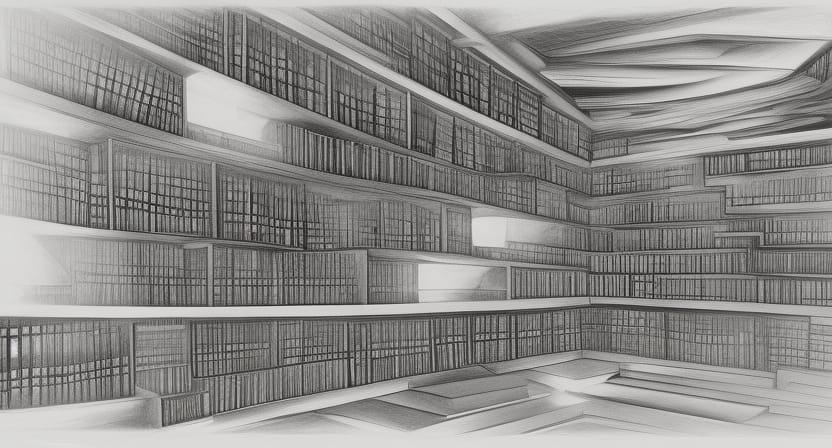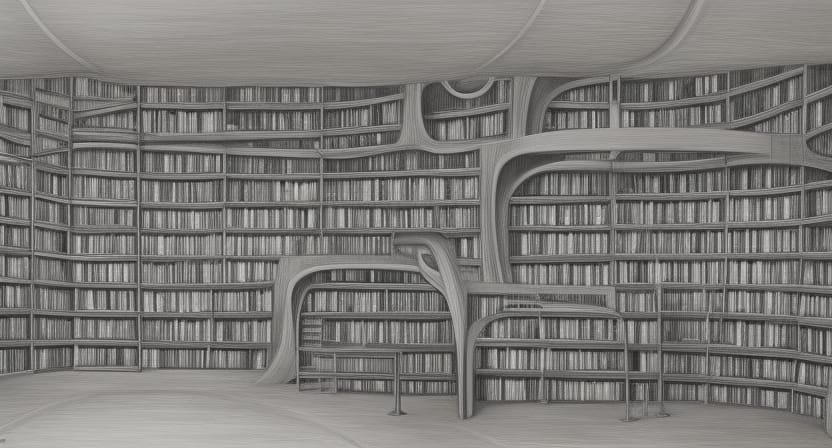Three paragraphs in the style of Borges
The universe (which others call the Library) is composed of an indefinite and perhaps infinite number of hexagonal galleries, with vast air shafts between, surrounded by very low railings. From any of the hexagons one can see, interminably, the upper and lower floors.
Jorge Luis Borges, The Library of Babel. 1941
The hexagonal galleries themselves are a sight to behold, their walls adorned with endless shelves that house books of every imaginable kind. Each shelf is a monument to knowledge, a repository of information that has been collected and cataloged over countless eons. As one wanders through the endless corridors of the Library, it becomes apparent that there is no limit to the knowledge that can be found here. From the most arcane and obscure texts to the most well-known and revered works, the Library contains it all.
But the true marvel of the Library is not in its vast collection of books, but in the infinite possibilities that it presents. The hexagonal galleries and air shafts that make up its structure seem to stretch out to eternity, suggesting that there is no end to the knowledge that can be gleaned from its depths. And so, those who seek knowledge and enlightenment are drawn to the Library, knowing that they will never exhaust its secrets or plumb its depths.





